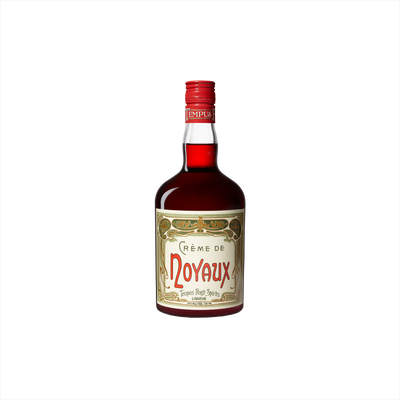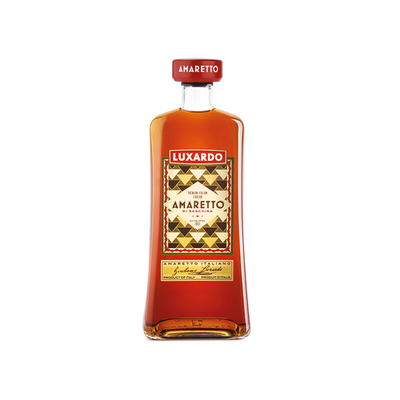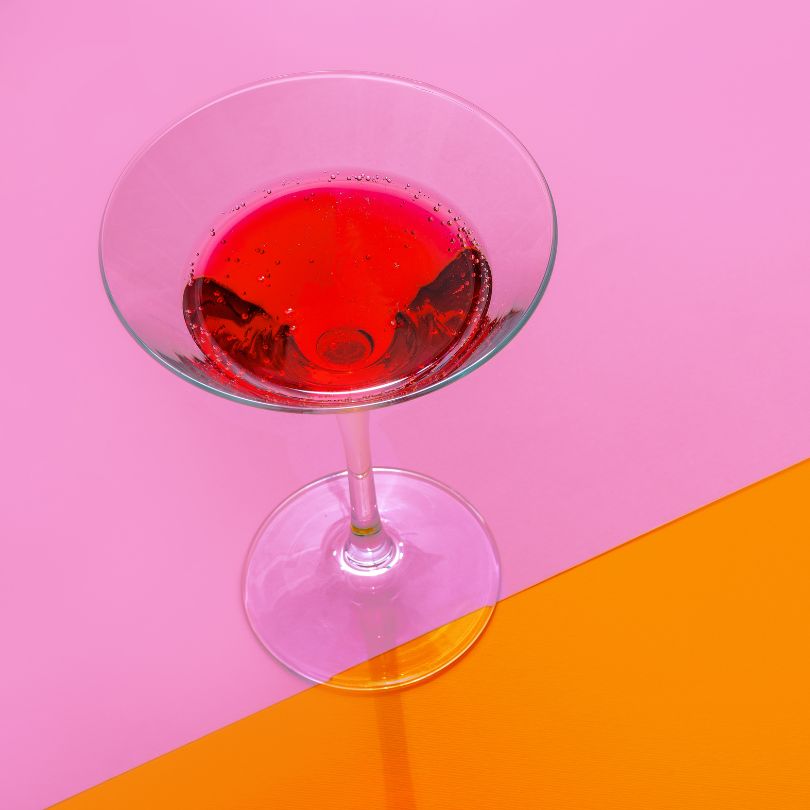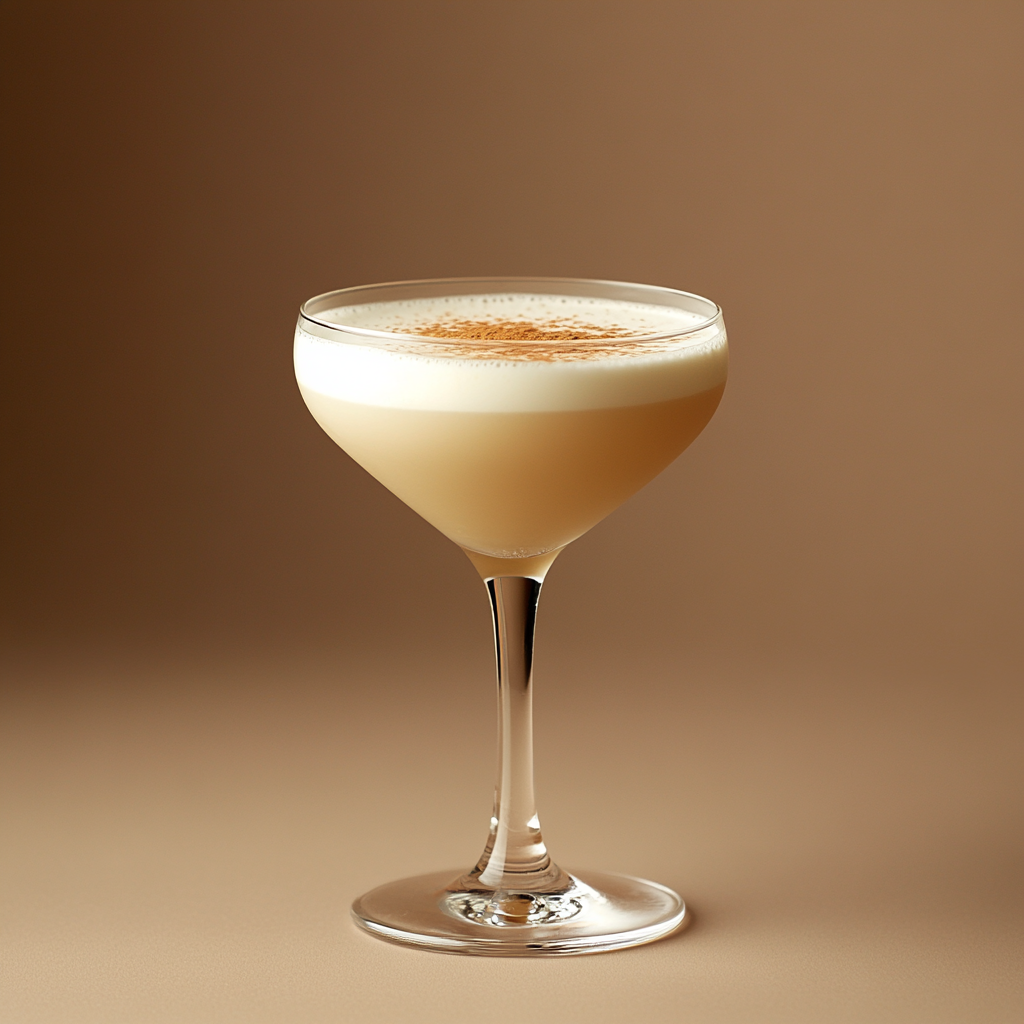Almond Liqueur
What is Almond Liqueur?
Almond liqueur belongs to the broader category of Nut & Seed Liqueurs, specializing in capturing the rich, nutty essence of almonds through careful extraction and sweetening processes. These liqueurs are defined by their distinctive marzipan-like flavor profile, which can range from delicate and floral to intensely nutty depending on whether they're made from sweet almonds, bitter almonds, or apricot kernels. The most famous example is Amaretto, though many regions produce their own versions using local almonds and traditional family recipes passed down through generations.
Learn More About Almond Liqueur
What makes Almond Liqueur unique?
Almond liqueur stands apart from other nut and seed liqueurs through its distinctive use of bitter almonds or apricot pits, which contain naturally occurring benzaldehyde that creates that unmistakable sweet-tart almond flavor profile. While walnut liqueurs tend toward earthy richness and hazelnut varieties offer creamy, toasted notes, almond liqueur delivers a bright, almost floral quality that can range from intensely sweet to pleasantly bitter depending on the production method. This versatility makes almond liqueur particularly valuable in both classic cocktails and baking applications, where its concentrated flavor can stand up to other strong ingredients without getting lost in the mix.
How is Almond Liqueur made?
Almond liqueur starts with either bitter almonds, sweet almonds, or apricot pits (which contain the same aromatic compounds), which are crushed and steeped in neutral spirits for weeks or months to extract their oils and flavors. The infused spirit is then filtered and sweetened with sugar syrup, creating the smooth, nutty profile that defines the category. Some producers add additional botanicals like vanilla or spices during the maceration process, while others keep it pure to showcase the almond's natural character.
How do you drink Almond Liqueur?
Almond liqueur shines brightest in cocktails where its sweet, nutty character can play supporting roles to spirits like whiskey, rum, or gin - think classics like the Amaretto Sour or sophisticated creations that benefit from its marzipan-like warmth. While some folks enjoy sipping it neat as a digestif or over ice with a splash of cream, most bartenders and home enthusiasts use it as a mixer to add depth and sweetness to both shaken and stirred drinks. The liqueur works particularly well in autumn and winter cocktails when you want something cozy, and it's perfect for holiday entertaining when guests appreciate drinks with rich, comforting flavors that pair beautifully with desserts and coffee.
How do I choose good Almond Liqueur?
When selecting an almond liqueur, consider whether you want the intense sweetness of amaretto-style options like Disaronno or the drier, more sophisticated profiles found in French offerings such as Giffard Orgeat or Lazzaroni Amaretto. Your cocktail choice should guide your decision—sweeter liqueurs work beautifully in simple sours and old-fashioneds where they can shine as the primary flavor, while drier versions excel in complex tiki drinks and craft cocktails where you need almond notes without overwhelming sweetness. Always taste before buying if possible, as some brands lean heavily into artificial almond flavoring while others offer more nuanced, natural almond and stone fruit characteristics.
Nutritional Information
Typical Calorie Range per Ounce: 80-110 calories
Typical Carbohydrate Range per Ounce: 8-14 grams
Typical Sugar Range per Ounce: 7-12 grams
Typically Gluten Free: Yes
Almond liqueurs are generally made from almonds, sugar, and neutral spirits, which don't contain gluten. Most commercial almond liqueurs like Amaretto di Saronno and Disaronno are considered gluten-free. That said, production methods can vary between brands, and some manufacturers may use facilities that also process gluten-containing ingredients. Always check the specific product label and manufacturer information to confirm gluten-free status, especially if you have celiac disease or severe gluten sensitivity.
Scrolled this far? Your reward? Almond Liqueur Trivia!
- The Italian "amaretto" name literally means "little bitter" – but here's the twist: Most commercial amaretto contains zero actual almonds. Instead, it gets its distinctive almond flavor from apricot pits, which contain the same aromatic compound (benzaldehyde) that gives almonds their signature taste. Those apricot kernels pack such intense almond flavor that they're often preferred over the real nuts.
- Napoleon's troops accidentally created one of France's most famous almond liqueurs. When French soldiers occupied the Italian town of Saronno in the early 1800s, a local innkeeper created a special drink using apricot kernels and brandy to welcome them. This recipe eventually became Disaronno, though the company keeps the exact formula locked in a vault and only two people alive know the complete recipe.
- Almond liqueur was medieval Europe's answer to medicine. Monks in Italian monasteries originally created these sweet, nut-flavored spirits as digestive aids and general cure-alls. They believed the bitter compounds in the kernels could balance the body's humors – and honestly, after a glass or two, most patients probably felt significantly better about their ailments.
- The world's most expensive almond liqueur costs more per ounce than gold. Lazzaroni's Amaretto Riserva 1851 sells for around $200 per bottle and uses a 170-year-old recipe that requires aging in ash wood barrels for decades. Each bottle contains liqueur that's been slowly maturing since before your great-grandparents were born.
- Almond liqueur changes flavor based on how you drink it. Served neat at room temperature, you'll taste mostly marzipan sweetness. Add ice, and the cold temperature suppresses the sweetness while amplifying the bitter almond notes. Mix it in a cocktail, and the alcohol acts as a flavor carrier, spreading those aromatic compounds across your entire palate in completely different ways.
Higher-proof spirits can be intense. Mix carefully, taste thoughtfully, and enjoy responsibly.
Gift message (optional)






